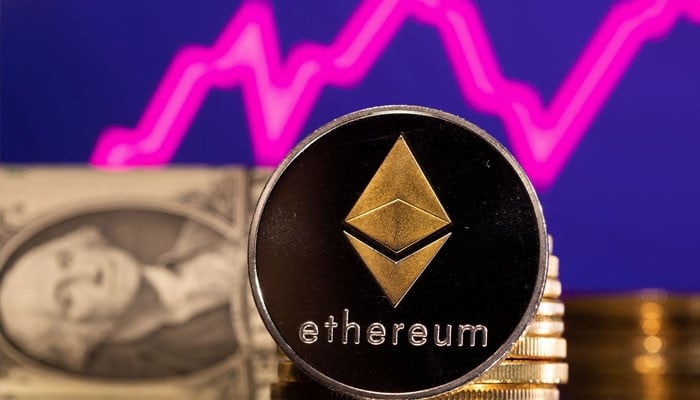Ethereum is a decentralised blockchain platform and the world’s second-largest cryptocurrency by market capitalisation, following Bitcoin. As of now, its market capitalisation stands at approximately $440 billion, with its native cryptocurrency, Ether (ETH), trading around $4,000 per coin. In this ecosystem, Ethereum functions as the engine, powering decentralised applications, while Ether serves as the fuel that drives transactions and smart contract execution.
Make no mistake: the financial world is undergoing a seismic transformation. Virtually every asset we know today is on the path to being tokenised. Tokenisation is the process of converting real-world assets – such as real estate, gold, stocks, bonds or even art – into digital tokens recorded transparently on a blockchain. Each token represents a fractional share of the underlying asset and can be bought, sold or traded online, much like cryptocurrency. This makes large assets easier to divide, own and transfer – efficiently, securely and globally.
Yes, the tokenisation of real estate, gold, stocks, bonds and even art is set to redefine how we own, trade and interact with these assets. At the heart of this transformation is blockchain technology, with Ethereum leading the way as the world’s foremost platform for decentralised innovation. Traditional financial systems depend on intermediaries such as banks, brokers and clearinghouses. In contrast, tokenised assets operate on decentralised ledgers, eliminating costly middlemen. They can be traded instantly, 24/7, with significantly lower transaction costs, faster settlement times and enhanced transparency.
Leading global banks that have adopted Ethereum-based solutions include J.P. Morgan, Barclays, UBS, HSBC, State Street, Deutsche Bank, BNY Mellon and Santander. Major asset managers such as BlackRock, Fidelity, Circle, Galaxy Digital, Securitize and ConsenSys are also actively building on the Ethereum network. In addition, supranational institutions like the World Bank, Societe Generale, Daimler, the Commonwealth Bank of Australia (CBA) and Al Hilal Bank have utilised Ethereum for innovative financial instruments and tokenised asset offerings.
An estimated $900 trillion in global assets spans real estate, bonds, derivatives and other asset classes – representing the upper bound of what could potentially be tokenized. While only a fraction of these assets is likely to be tokenised in the near term, even that fraction could unlock a multi-trillion-dollar opportunity, with Ethereum poised to be at the forefront of this transformation.
Tokenisation democratises access to high-value investments, enabling small investors to own fractional shares of assets that were once out of reach. Imagine owning a sliver of a commercial icon like the Burj Khalifa or a masterpiece by Picasso. Real-world examples already exist: Aspen Coin represents fractional ownership in the St Regis Aspen Resort in Colorado; a Banksy painting has been tokenised by Particle, allowing users to buy shares of the artwork; and a Rolex Daytona has been fractionalised and sold through Luxus. Platforms like EnergyFunders even tokenise revenue rights from US oil and gas wells, bringing institutional-grade assets to the fingertips of everyday investors. STOEX has tokenised vintage cars into Ethereum-based tokens.
For Pakistani investors, buying and holding Ether (ETH) offers a direct way to participate in the Ethereum ecosystem. As the network grows and more real-world assets are tokenised on Ethereum, demand for ETH – as the fuel powering the engine – is likely to rise. Ether can be stored securely in digital wallets and held as a long-term asset with strong growth potential in the evolving digital economy.
The writer is a columnist based in Islamabad. He tweets/posts @saleemfarrukh and can be reached at: farrukh15@hotmail.com
